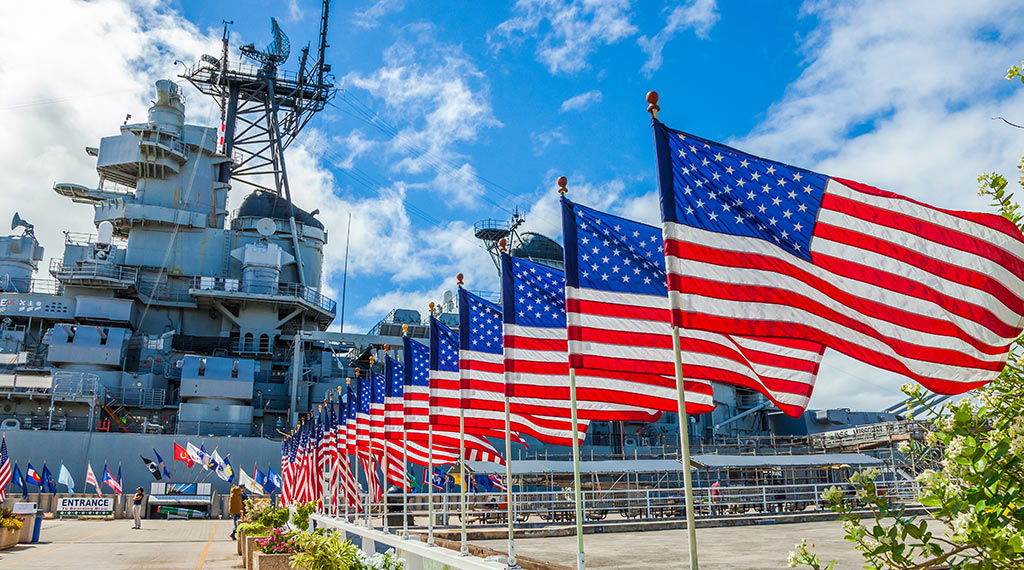
If China attacks Taiwan, it will do more than simply assault the island. Any Chinese strategic planner would have to advise his leadership that China would concurrently have to liquidate the U.S. bases in Japan, Okinawa, and possibly Guam, where the United States has long-range bombers. In addition, it faces significant U.S. forces, aircraft, and missile defenses in South Korea. The United States can easily launch operations from Korea in defense of Taiwan without actually degrading South Korea’s defenses facing North Korea.
Beijing cannot chance starting an operation and then finding itself opposed by U.S. forces that can quickly counterpunch from multiple locations, countries, and bases.
Unfortunately, the United States is far from prepared, and some planners believe the U.S. policy of strategic ambiguity will keep the United States out of any impending conflict. In the real world, however, once Chinese forces are on the move, the United States will have to go on high alert and move forces in position to support Taiwan, even if America’s political leaders are uncertain of what to do.
China won’t bet on strategic ambiguity, and its leaders understand they face a major obstacle to striking Taiwan. In short, even if the United States doesn’t want to get into a war, preplanning and coordination will help to deter China.
A significant panel of military experts, which I (Stephen) had the honor of co-chairing, put forward as the single most important step in planning the defense of the western Pacific the notion of an integrated command that includes the United States, Japan, and Taiwan, possibly also Korea. In the resulting book, “Stopping a Taiwan Invasion,” my co-chair and I concluded that the danger of events cascading in the wrong direction is increased without an integrated command to coordinate military operations, collectively move forces and assets where they are needed, and optimize fire against enemy targets.
Today, there’s only minimal planning, coordination, and training between the United States and Taiwan. While the relationship is a good deal closer with Japan and South Korea, there’s no formal way for the countries to work together, or in coordination with the United States. It’s urgent this be corrected.
The United States has made some moves to improve its defensive posture in the eastern Pacific, and while these are welcome, they aren’t enough to ensure that U.S. bases and the U.S. Navy can survive a Chinese attack.
Work needs to be done, including moving adequate war stocks to the theater, or making resupply easily accessible if there’s fighting; hardening bases to sustain Chinese missile attacks and bombing runs; and moving the right equipment into the region now, not after a conflict starts.
One of the best systems in the hands of the U.S. Army and Marines is HIMARS, the mobile, accurate artillery rocket system. HIMARS can stop Chinese invading forces that must cross the Taiwan straits, exposing them to counterfire. It can hit moving targets including ships and landing craft and, because it’s a “shoot and scoot” system, it’s very hard to neutralize. We know this for a fact because Russia has been complaining about its inability to knock out Ukraine’s American-supplied HIMARS, currently devastating Russian forces.
Having HIMARS on Okinawa, as we presently do, or on the Japanese main island, isn’t optimal and not game-changing.
Taiwan will be getting HIMARS, but it may be a number of years before any systems are delivered, for the simple reason they take time to manufacture. Moving U.S.-operated systems to Taiwan is an alternative, and Marines could be deployed to the island in the near term. Obviously, this would stir a lot of controversy with China, no matter how militarily sensible such a move would be for the United States and Taiwan.
- Europe makes missiles for Patriots as Israel retires them - May 9, 2024
- Israel’s attack on Iran: What we know so far - April 23, 2024
- Apply Israel-Iran lessons to Taiwan - April 18, 2024
